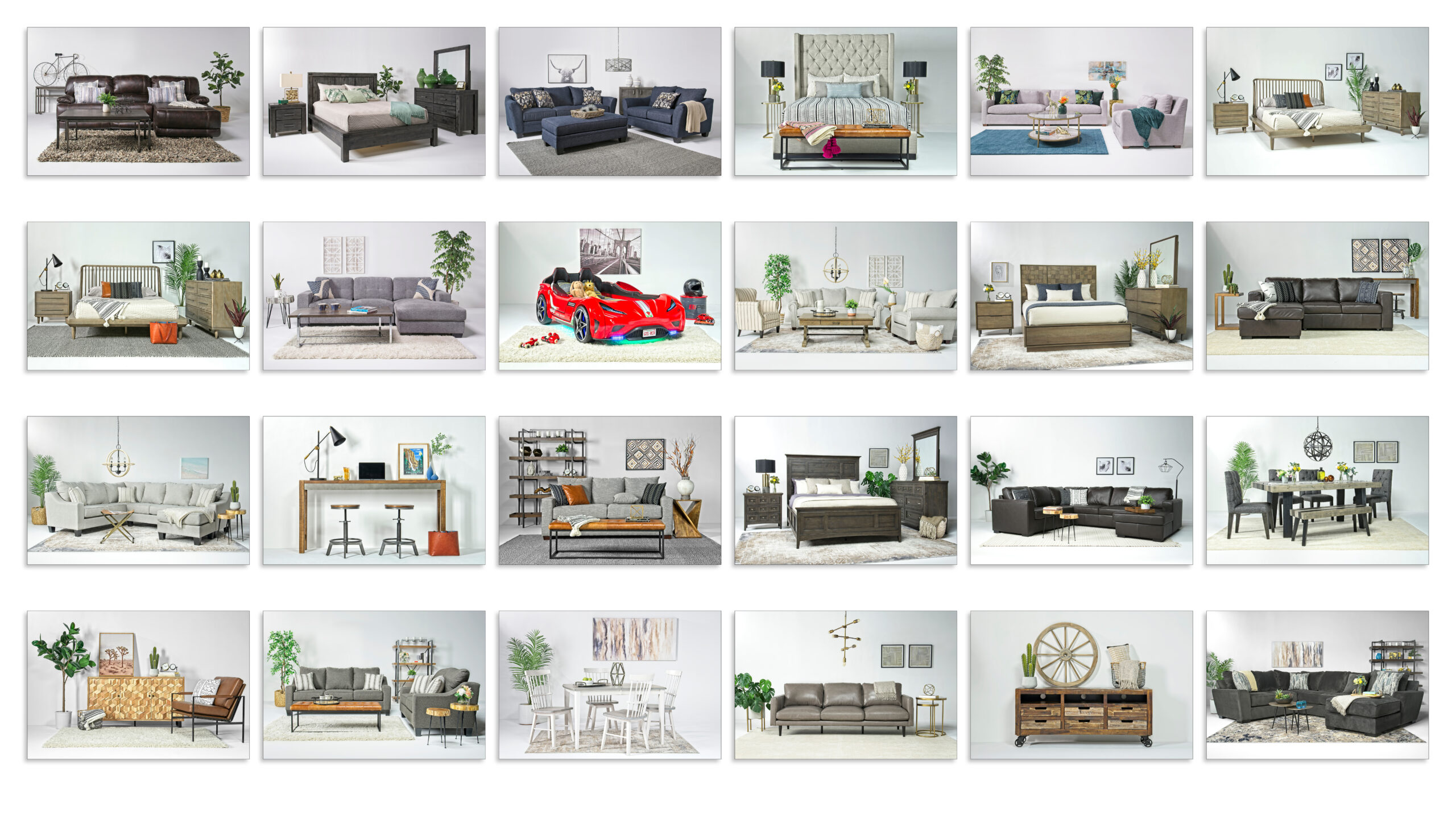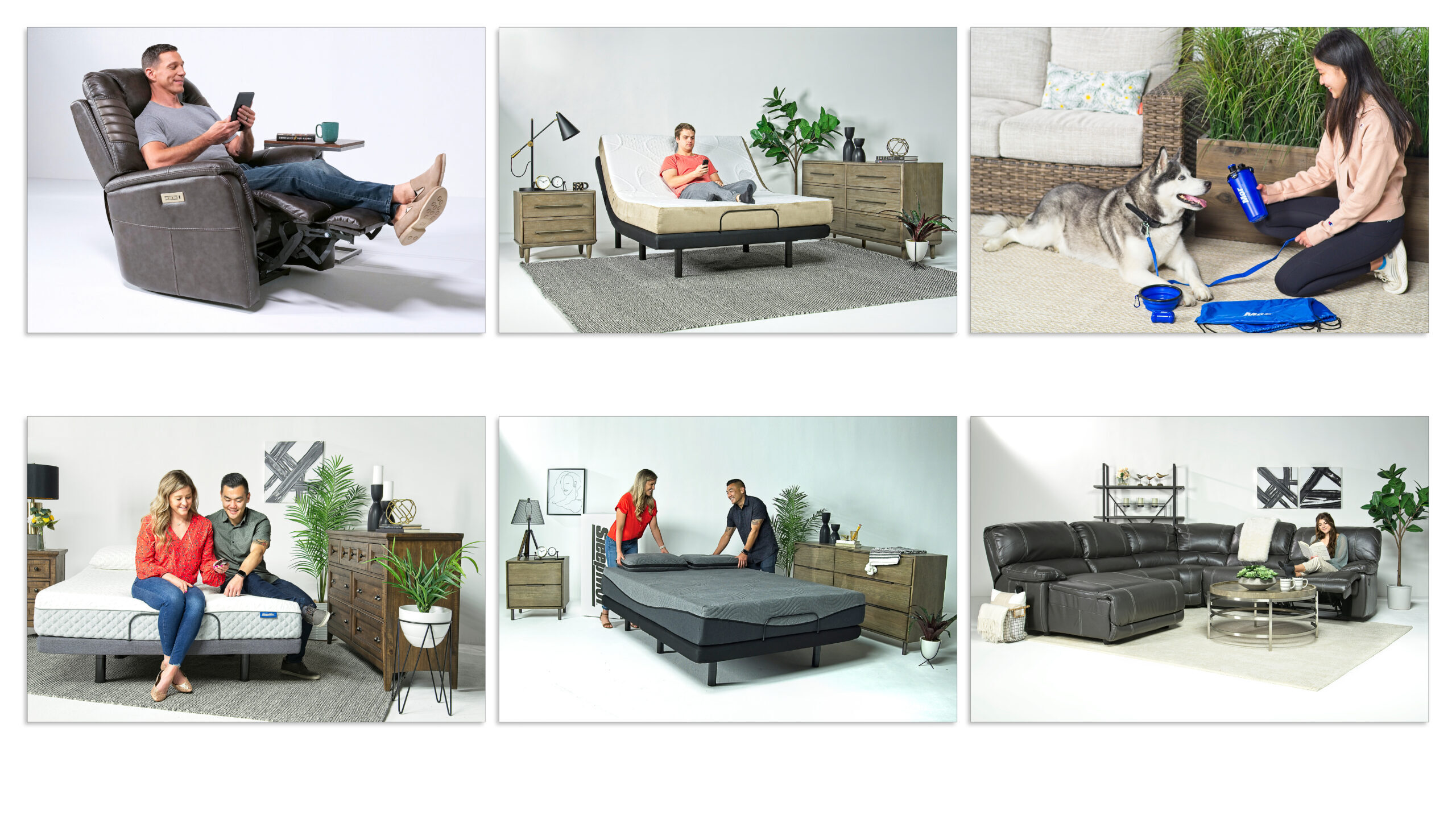For over 40 years, Mor Furniture has been committed to offering high-quality furniture at an outstanding value.
Mor Furniture started in 1977 in San Diego, California as a single water bed store and quickly grew to multiple locations.
In 1983, the company opened a location in Spokane, Washington, followed by Portland, Oregon in 1984. By 1987, there were stores located throughout San Diego, Portland, Spokane, and Seattle, Washington.
During the 1990s, Mor Furniture grew along the West Coast, under the name Bedroom Superstore, with locations throughout Washington, Oregon, and California, including Bakersfield and Fresno. In 2000, the first Mor Furniture locations opened in Reno, Boise, and Phoenix and we have been growing ever since!















